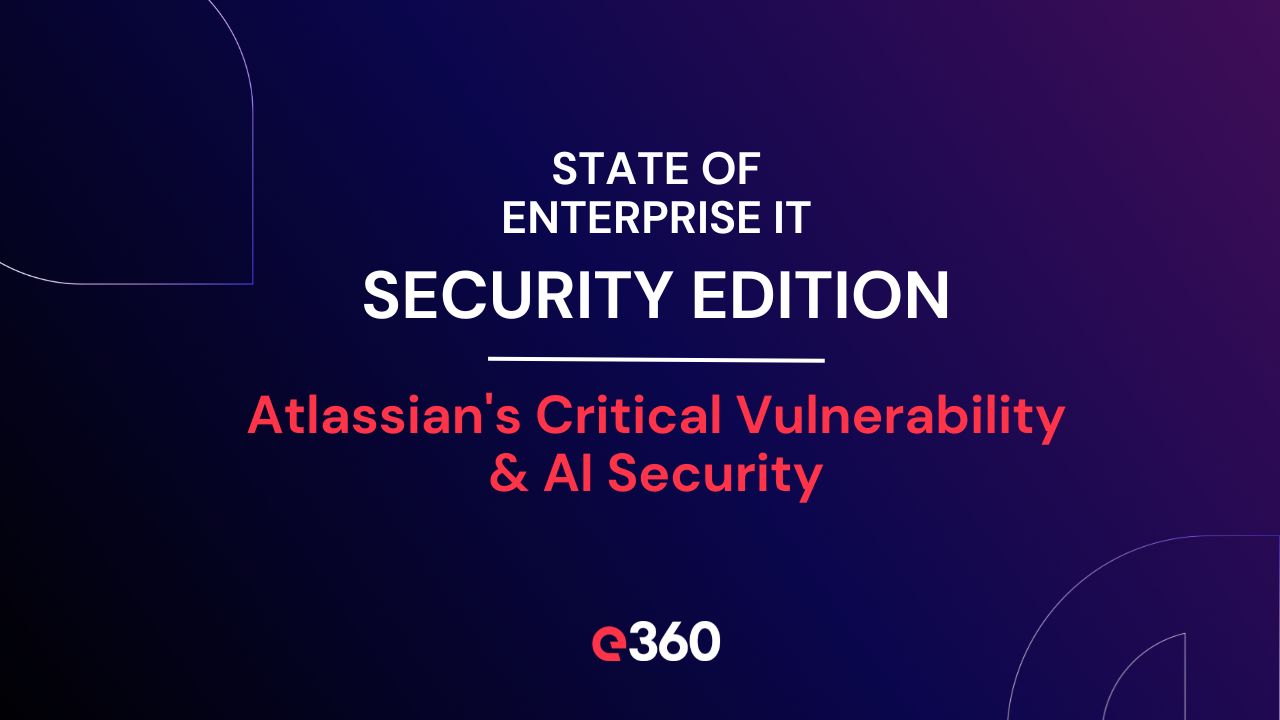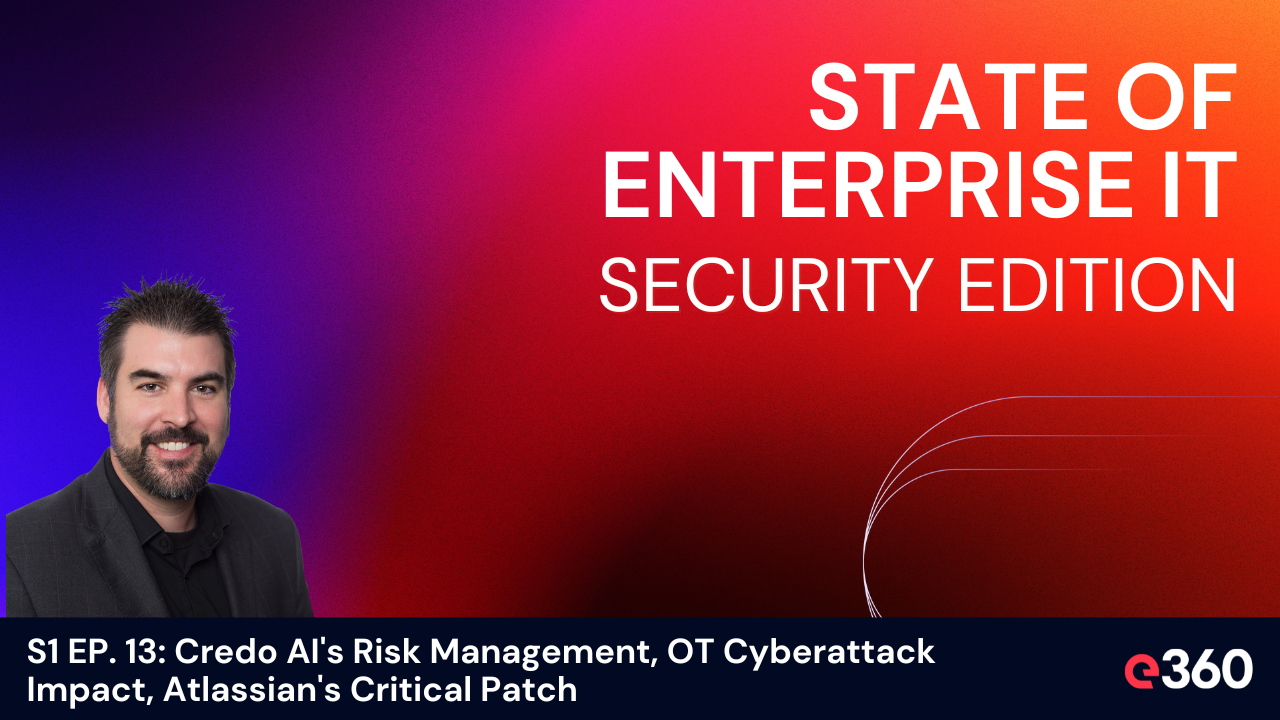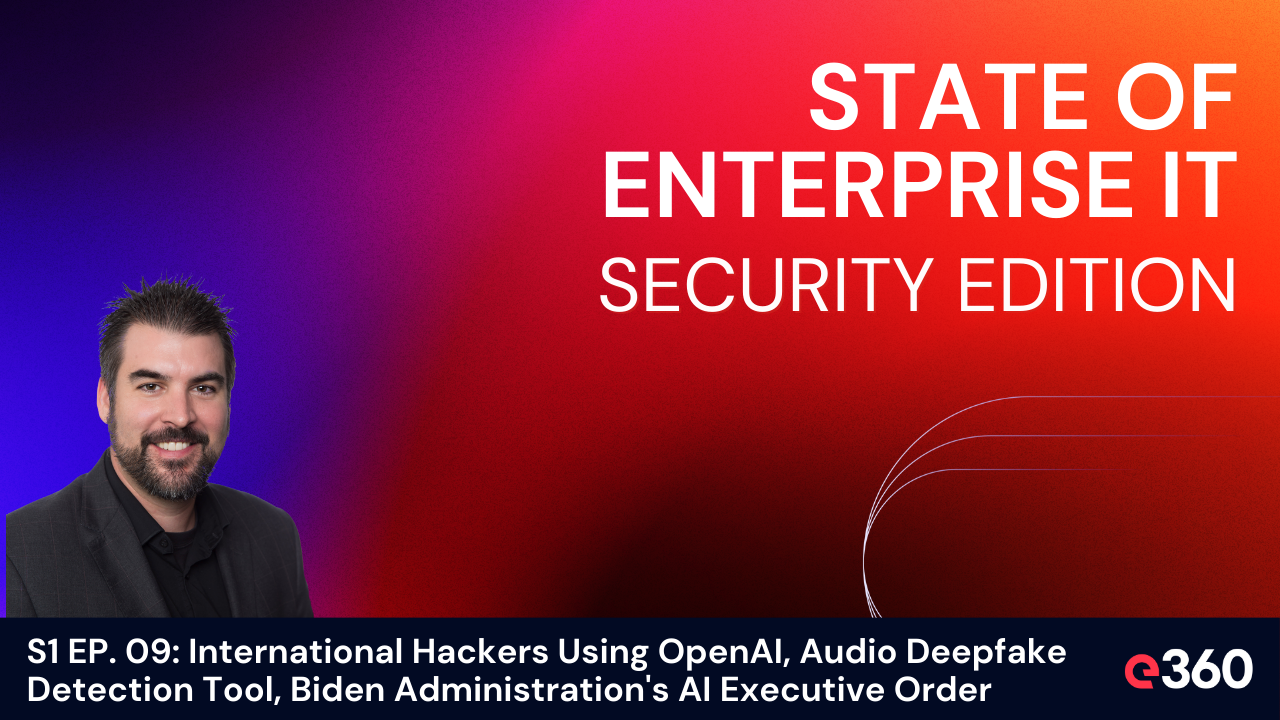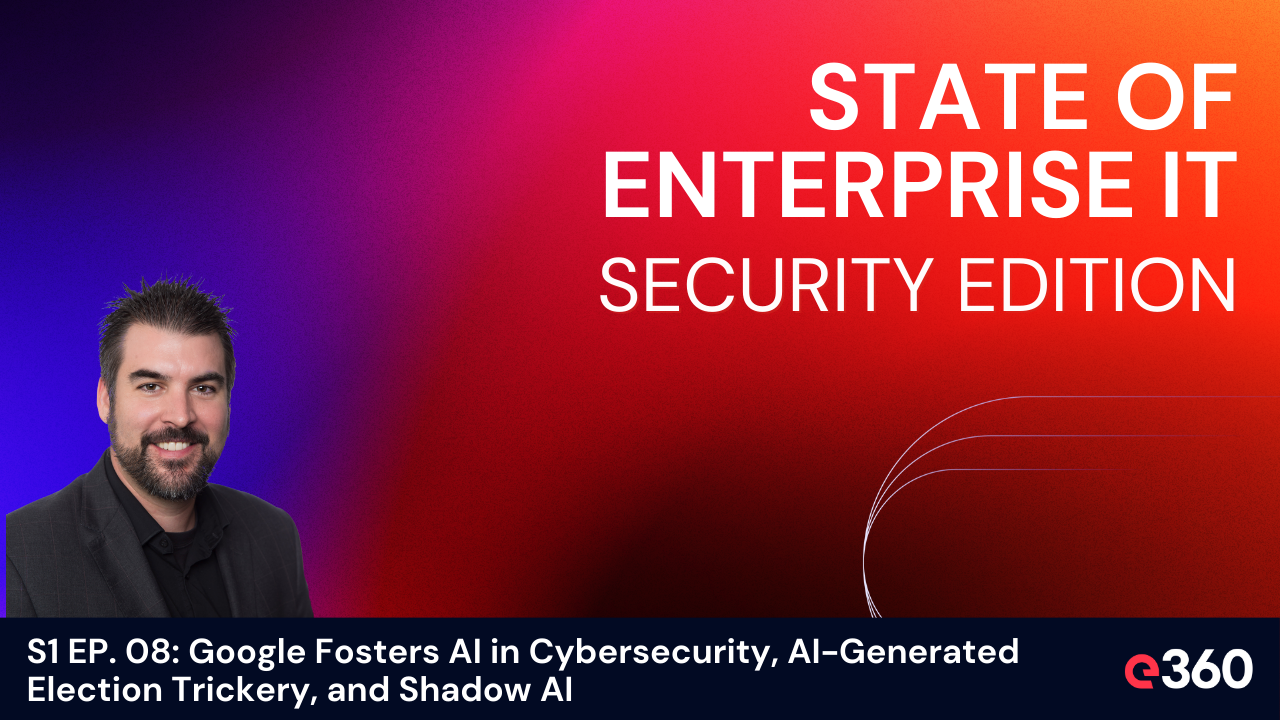In the realm of cybersecurity, staying ahead of the curve is paramount. Brad Bussie, CISO at e360 and a leading figure in the field, brings to light the critical vulnerabilities in popular Atlassian products and offers a unique perspective on securing organizations in the age of Generative AI (GenAI). This is piece from the 13th episode of the State of Enterprise IT Security Edition.
The Atlassian Alert
Atlassian's recent announcement of patches for critical vulnerabilities in Bamboo, BitBucket, Confluence, and Jira has set the cybersecurity world abuzz. Brad zeroes in on a particularly concerning issue, a SQL injection vulnerability with a 10 out of 10 CVSS score, identified as CVE-2024-1597. This flaw poses a significant risk, potentially allowing unauthenticated attackers to compromise assets. "It's a critical flaw that does impact... the bamboo data center and server," Brad explains, underscoring the urgency for organizations using Atlassian's products to implement patches immediately.
AI's Role in Cybersecurity
Brad's exploration into the capabilities of augmented intelligence for cybersecurity yields fascinating insights. By querying various GenAI platforms for recommendations on securing organizational data from AI vulnerabilities, he unveils a comprehensive strategy for defense.
Six Pillars of AI-Proof Cybersecurity
-
Clear Policies and Procedures: Establishing robust guidelines for data handling and the use of external tools is crucial. This foundation ensures that all organizational activities align with security best practices.
-
Technical Controls: Implementing data loss prevention systems, network monitoring, endpoint security, and application whitelisting are key technical measures. These controls work to safeguard sensitive information from unauthorized access or exfiltration.
-
Educate and Train Employees: Awareness training is vital as human error remains a leading cause of security breaches. "Most of the breaches happen from the user perspective," Brad notes, emphasizing the importance of ongoing education.
-
Monitor and Audit: Regular audits of data usage and application access logs help detect and prevent potential data leaks. This proactive approach is integral to a comprehensive cybersecurity strategy.
-
Legal and Compliance Measures: Overlooking legal and compliance aspects can be detrimental. Reviewing contracts and ensuring data anonymization are essential steps in protecting sensitive information.
-
Encrypted Communication Channels: Securing data in transit and at rest ensures that only intended recipients can access it. Brad advocates for encryption and time-boxed access to further enhance security.
A Comprehensive Approach to Security
Brad Bussie's insights reveal that the path to securing organizations in an era increasingly dominated by AI is multifaceted. By adopting a comprehensive approach that encompasses policy development, technical measures, employee education, and regular monitoring, companies can significantly mitigate the risks associated with the misuse of sensitive information on GenAI platforms.
Episode thirteen of the "State of Enterprise IT Security" podcast is available now. For more insights into how technology shapes our world, stay tuned to our blog for the latest in enterprise IT security and beyond.



